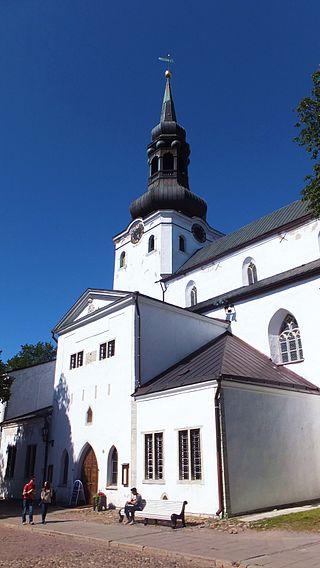One of the rare types of music-themed postage stamps are those that feature specific musical instruments. By that, I mean an actual instrument, not a general type. Among this small subset of music stamps, the most common variety are those that feature pipe organs. This makes sense for many reasons. Firstly, most pipe organs are custom-built for a specific building (usually a church) and their appearance gives a sense of place, often an important landmark. Secondly, organs are very expensive and are impressive both musically and visually. Thirdly, in many countries religion and government are dual pillars that work together to uphold society. Not all countries have strict separations between church and state, so a country may try to use religious symbols to give legitimacy to a government. Those interested in organs may be interested in this post about the an organ in Geraardsbergen, Belgium; an organ in Wasquehal, France; or the famed Arp-Schnitger organ in Hamburg.
This post features an organ stamp from the country of Estonia in 2006. Specifically, the stamp celebrates the twentieth-anniversary of the Tallinn Organ Festival, a point of pride to the small Baltic country.
The Tallinn International Organ Festival
The postage stamp celebrates the twentieth anniversary of the Tallinn Organ Festival. The Estonian organist Andres Uibo began the competition in 1987, when Estonia was still a part of the Soviet Union. That that time, the very first liberalizing effects of perestroika allowed for two important factors that made the festival possible. Number one, changing laws made it possible for public music to be presented within a church building (not possible under the strict atheist communist government). Number two, it was possible for an organist to come to the festival from Finland, making it an international event.
From the very beginning, the festival was a massive success. The first concert in 1987 drew twelve-hundred people to the Niguliste Church, which only had seating for seven hundred. The event only grew in reputation each year. After Estonia achieved independence in 1992, the festival began to draw greater international participation from western Europe, the United States, Canada, and beyond. Read this wonderful history of the festival in this English-language brochure. You can also check out the festival’s website.
St. Mary’s

By Ethan Doyle White, CC BY-SA 3.0
The main organ for the Tallinn Organ Festival is located in the Niguliste Church where Uibo was the organist. However, the stamp features an organ from the much older cathedral of St. Mary’s (also known as the Dome Church). Originally, the church was founded in the 13th century as a Catholic cathedral, but became Lutheran in 1561.It is the oldest church in mainland Estonia and the seat of the Archbishop of Tallinn.
The Stamp

Scott Number: EE 550
The attractive stamp design is by R. Luube and it features a representation of the large organ case from St. Mary’s Church. Hiding a portion of the case on the right are four large pipes that are pulled forward. Information dedicating the stamp to the Festival is written on the blank spaces on these pipes.
The Organ
The organ is a romantic instrument built by the famous German builder Friedrich Ladegast of Weissenfels. It was completed in 1878, but additions were made in 1913 by William Sauer of Frankurt an der Oder. The organ was restored by Christian Scheffler of Jacobsdorf in 1998.
I. Haputwerk
16′ Principal
16′ Bordun
8′ Principal
8′ Gamba
8′ Doppelflute
8′ Flauto amabile
8′ Quintadena
8′ Gemshorn
8′ Gedackt
8′ Dolce
5 1/3 Nasard
4′ Rohrflute
4′ Gemshorn
4′ Octave
2′ Waldflute
III Mixtur
III Cornett
8′ Trompete
Pedal
32′ Untersatz
16′ Principal
16′ Gemshorn
16′ Subbass
16′ Quinta
16′ Violon
16′ Lieblich Gedakt
10 2/3′ Quinte
8′ Principa;
8′ Dulciana
8′ Gemshorn
8′ Bassflute
8′ Cello
4′ Principal
4′ Flauto
16′ Posaune
8′ Trompete
4′ Clairon
II. Manual
16′ Gedackt
16′ Salicional
8′ Dulciana
8′ Salicional
8′ Viola
8′ Flauto traverso
8′ Principal
4′ Dolce
4′ Flauto amabile
4′ Principal
22/3‘ Nasard
2′ Piccolo
II-III Progress
III-IV Cymbel
8′ Klarinette
III. Schwellwerk
16′ Gedackt
16′ Gamba
8′ Voix celeste
8′ Aeoline
8′ Gemshorn
8′ Gedackt
8′ Viola d’amour
8′ Quintadena
8′ Flauto amabile
8′ Portunaflute
8′ Schalmei
8′ Geigenprincipal
4′ Flauto dolce
4′ Salicet
4′ Fugara
2′ Flautino
III Harmonia aetheria
8′ Aeolodicon
8′ Oboe
8′ Trompete



